Meditation Or Yoga
Learn about the benefits of practicing meditation and yoga.

Selfpause Affirmation App
Download the app to get 1,000’s of affirmation meditations and everything you need to write, record and listen to your own.
There are many benefits to practicing meditation or yoga. The most significant is that it helps you to become more aware of the world around you. By doing so, you will feel more grounded and at peace with your own mind. You will be able to focus your attention and focus on your breathing, which will ultimately lead to a more fulfilling life.
Practicing meditation
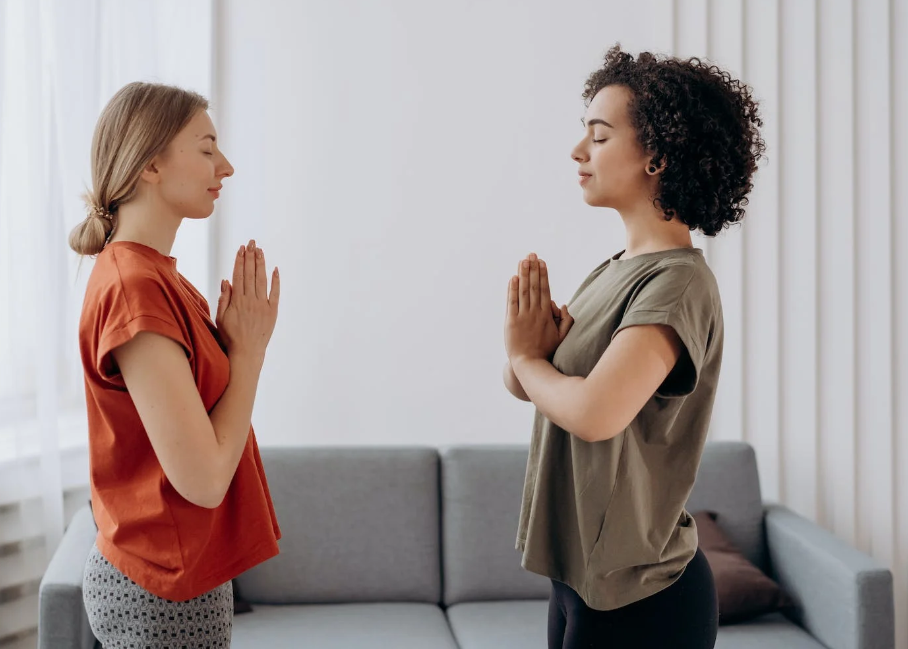
If you’re interested in practicing meditation or yoga, you’ve come to the right place. There are many resources available to help you learn how to meditate effectively. These resources include websites, social platforms, and smartphone apps. Before you start, be sure to find time to practice meditation or yoga on a regular basis. Regular practice is important for you to see the most benefits.
These exercises are great for boosting your mood and reducing stress levels. Practicing yoga improves flexibility and concentration, while meditation increases mental clarity and well-being. In addition to improving your overall health, yoga and meditation can increase your self-confidence. You can practice them at home, at work, or anywhere else.
Although scientists aren’t ready to deconstruct every type of meditation, most studies have found that it improves health and decreases the risk of mortality. There are also studies that indicate that different forms of meditation affect the brain in specific ways. For example, Loving-Kindness meditation has been found to increase alpha waves while Transcendental meditation tends to increase gamma waves. In addition, studies on different meditation styles have shown overlap, so there is little reason to ignore the benefits of meditative practices.
Some studies have reported that meditation improves cognitive function, emotional regulation, and the body’s response to stress. Practicing meditation can also improve personality traits. It can reduce feelings of depression and anxiety, and can improve self-esteem, compassion, and acceptance. It has also been found to reduce anxiety and improve sleep patterns.
Practicing yoga
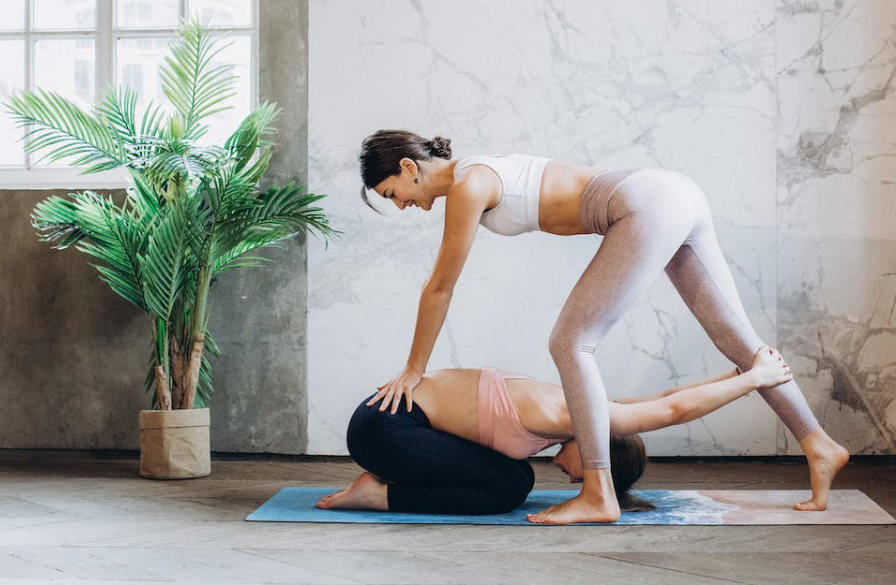
Practicing yoga and meditation can improve your overall health and well-being. Both can help you reduce physical tension and stress, as well as increase your ability to focus. In addition, they can improve your emotional resiliency. Both activities involve the body performing various poses, which are often different than everyday movement. In addition, the physical movements help massage the internal organs, which can help the digestion process.
Although meditation and yoga are often practiced together, there may be health restrictions related to them. For instance, people who have recently had surgery should avoid vigorous yoga exercises. People with chronic illness or pain should also consult their health care providers before beginning a yoga or meditation program. Some yoga instructors can customize a yoga program to accommodate individual needs.
One of the major differences between meditation and yoga is the time required to practice each. Meditation can be done before or after yoga. Both are beneficial, but it is recommended that you begin your meditation practice first. Once you begin your practice, you will find that your body will be in a more conducive state to focus.
Practicing dhyana
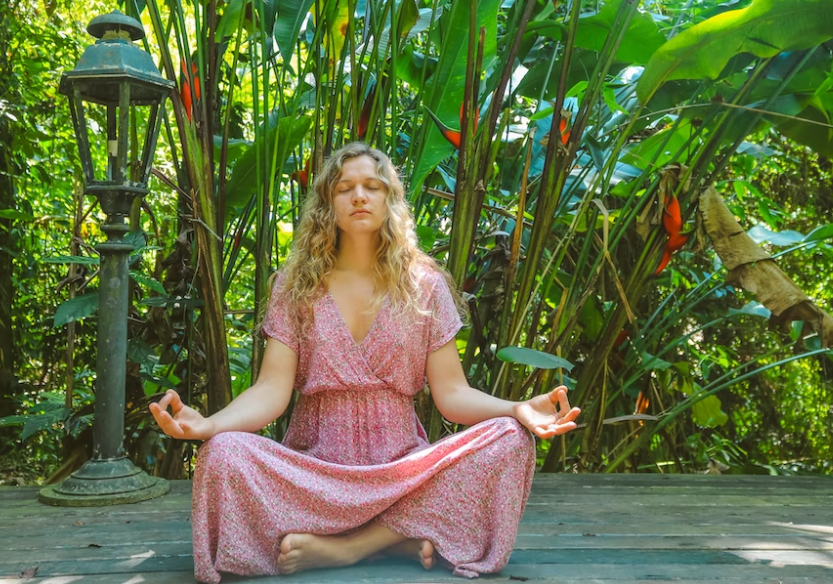
Regular practice of Dhyana meditation or yoga is beneficial for your mental and physical health. It helps you to reduce stress levels and is effective for treating insomnia and other sleep problems. It also improves your relationships with others and allows you to develop empathy. This practice allows you to view the world from a higher perspective and is a great way to deal with the problems of the world around you.
During the practice of dhyana, the mind is in a state of complete awareness. This awareness is the state of divine consciousness. Unlike attachment, which is love for people or objects, dhyana is pure love for God and the oneness of being. It is similar to the state of an infant, who longs to be bonded to his mother and has fully surrendered to her.
While practicing dhyana meditation, it is helpful to focus on an object. It can be something as simple as the material you are holding or a face. You can also pay attention to colors, or the patterns in nature. As you practice, you will be able to control your mind and stay focused for a longer period of time. It is important to keep practicing dhyana meditation or yoga regularly to maximize the benefits.
Practicing zazen
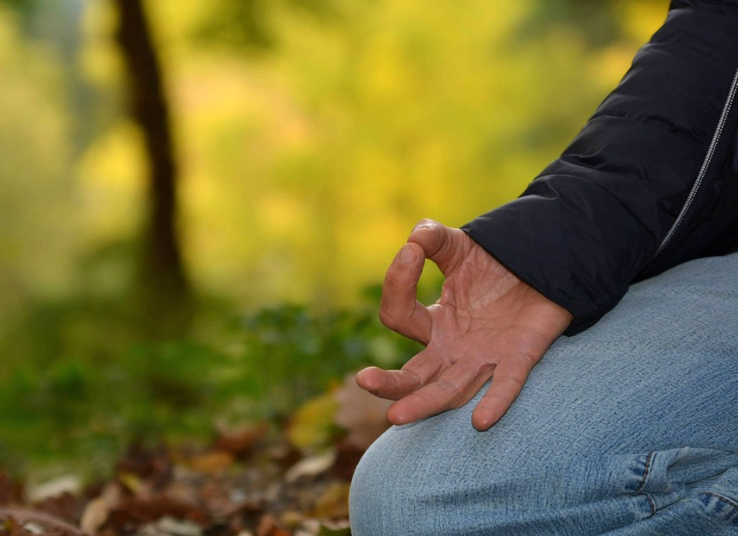
Zazen meditation involves sitting in a quiet place for several minutes at a time. Beginners should start out with ten minutes and gradually build up to twenty to thirty minutes a day. If you have a tight back, you can stretch your muscles before you start. Standing while meditating can also help alleviate tightness and discomfort. There are various positions for sitting, and you should choose the one that is most comfortable for you.
The aim of zazen meditation is to gain insight into the nature of your consciousness. It is an ancient practice that originated in India 2,500 years ago, and was then brought to China and Japan through Buddhism. The practice is based on the idea that we are all one organism, and our mind-body connection is the key to a happy life.
There are many benefits to zazen practice. First, it is a powerful tool to strengthen your spiritual connection. It also helps you become more present and mindful in the present moment. In addition, zazen meditation can cure insomnia.
Practicing kaivalya
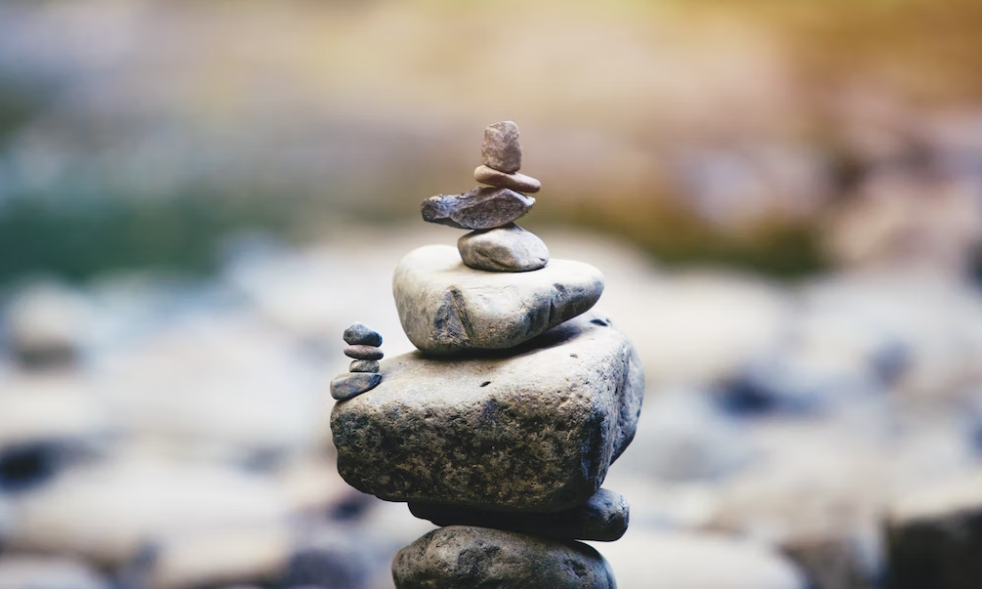
The goal of kaivalya meditation or yoga is the separation of the purusha and the prakriti. It is a process that allows the practitioner to live a life of peace, free of all attachments and desires. It is also known as a way to become independent of the world, the ego, and the cycle of birth and death.
Kaivalya training is the third core module in the 300-hour teacher training program, and it aims to assist students in the development of proper body, mind, and emotions. It is taught by a team of certified yoga teachers with more than 30 years of combined experience. It is designed for students who are interested in learning more about the spirituality of yoga.
According to the Yoga Sutra, the goal of an intensive yoga practice is the attainment of Kaivalya, the state of complete liberation from the sensory world. The various smaller goals are meant to lead to this ultimate goal. The word kaivalya originates in Sanskrit, and is derived from the terms kevala, meaning “only,” and lya, meaning “flow.” Therefore, kaivalya is the state of total isolation from the outer world, without the need for any physical or mental sensation.
Practicing full lotus
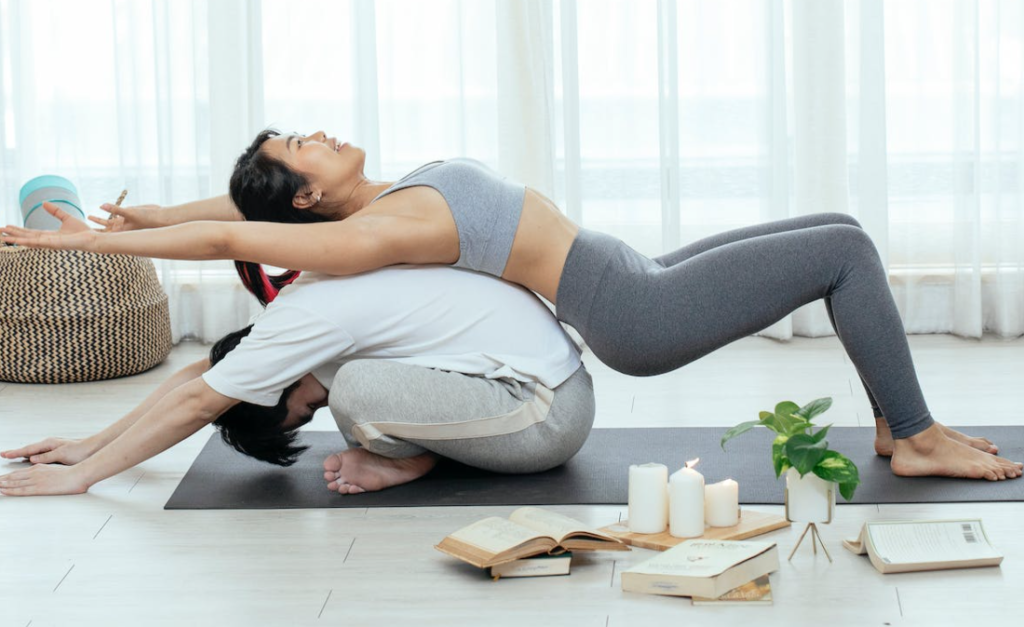
When practicing full lotus meditation or yoga, it is important to understand the proper technique. First, you need to make sure that your legs are externally rotated out of the pelvis. Forcing your legs into this pose is not recommended as this can place strain on your knee joints.
Once you’re comfortable with this position, slowly move into full lotus. It may take several months or even years to practice this position comfortably. Don’t worry if it takes longer to achieve the pose; the goal is to stay present and accepting of the circumstances in which you find yourself.
Next, you should focus on the muscles required for the full Lotus pose. This program should be performed every other day for an hour or so. It’s important to keep in mind that Lotus is an advanced pose that requires long-term practice. People with long, thin legs can accomplish it without any trouble, but people with thick legs will have trouble. After a year or two of practice, you’ll be ready to master the Lotus pose.
After practicing full lotus meditation or yoga, you should take some time to meditate. It’s recommended to sit or lie down afterwards, and give yourself some time to reflect and acknowledge your efforts. You can also try other yoga poses instead of the full lotus position.
Practicing shikantaza
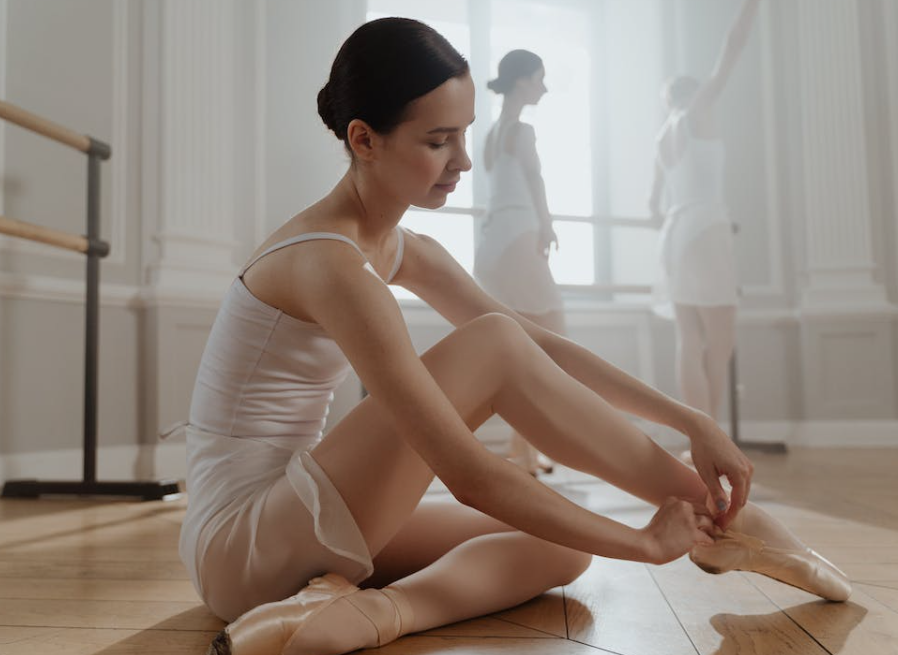
Shikantaza is a style of meditation in which you sit in silence without focusing on any particular object. Its aim is to develop mental alertness and clarity. This form of meditation is recommended in the Soto tradition of Buddhism. The word shikantaza originates from the Sanskrit word “shika-,” meaning “benevolent” or “just sitting.” Throughout the ages, this concept has been a model for yogis seeking to develop their mind and soul.
Practicing Shikantaza is a demanding practice, and requires a lot of commitment and discipline. The first step is to make sure you’re sitting properly. It’s important to remain relaxed and mindful of your posture. When practicing, it’s best to try to practice Shikantaza on a regular basis, for a minimum of ten minutes per day.
Shikantaza allows you to relax your ego. The ego is the root of our sense of self, so releasing this sense of effort will help the ego relax.
Our Top FAQ's
Some of the potential benefits of meditation or yoga include reduced stress and anxiety, improved focus and concentration, better sleep, increased self-awareness and mindfulness, and improved physical health.
Meditation and yoga are related practices that originated in ancient India and share many common elements. Both practices involve physical postures and movements, as well as techniques for calming the mind and cultivating awareness. However, meditation is typically focused on the cultivation of mental clarity and stillness, while yoga often involves a more physical and active approach, incorporating breath control, relaxation, and exercise.
Some common techniques used in meditation include focusing on the breath, using a mantra or word to repeat silently, and observing and letting go of thoughts. In yoga, common techniques include holding poses or postures, performing flowing movements, and controlling the breath.
Both meditation and yoga can be practiced by people of all ages and physical abilities. However, some forms of yoga may be more physically challenging, and it is important to consult with a teacher or healthcare provider before starting a practice to ensure that it is appropriate for your individual needs.
To get started with a meditation or yoga practice, you can try taking a class with a qualified instructor, learning from books or online resources, or simply setting aside a few minutes each day to try some basic techniques on your own. It is important to be patient and consistent, and to approach the practice with an open mind and a willingness to explore and experiment.
